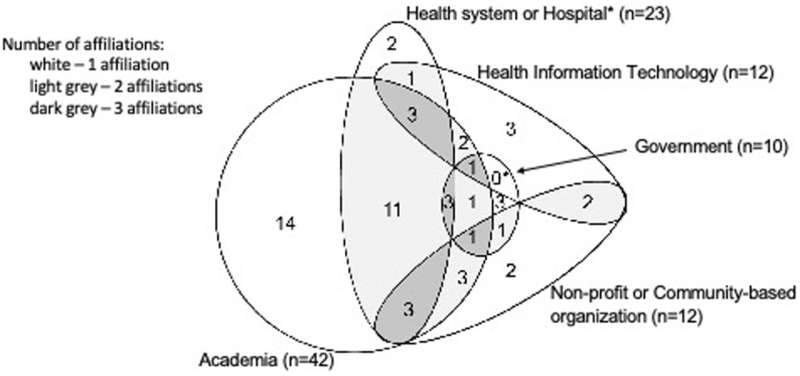
The pandemic has placed a spotlight on public health—its workforce, infrastructure and underlying information systems designed to collect, analyze and manage public health data.
Informatics, health information technology and public health experts from across the nation convened at an American College of Medical Informatics symposium and concluded that how information is received and shared by public health agencies is overdue for “a strategically designed, technology-enabled, information infrastructure for delivering day-to-day essential public health services and to respond effectively to public health emergencies.”
Their report explores the strengths, weaknesses, opportunities and threats presented by public health information systems.
Among the nine strengths was the yeoman service performed by public health workers and officials who worked with the systems during the pandemic. A total of 22 weaknesses were detected. Additionally, 14 opportunities and 14 threats were also identified.
“We know from the pandemic that there were weaknesses in public health data systems and information technology—many of which were developed in the 1990s or earlier and are outdated,” said Brian E. Dixon, Ph.D., MPA, Regenstrief Institute and Indiana University Fairbanks School of Public Health director of public health informatics, who co-chaired the symposium planning committee and is senior author of its report. “We saw that we were still collecting, sharing and managing information using fax machines.
Hospitals, laboratories and others were faxing data to public health departments. It comes off the fax machine on paper and then has to be re-entered into a different system by a human being. And that’s completely inefficient.
“Public health is nowhere as integrated as, for example, the banking system in this country. You can seamlessly move money from one bank to another or you can easily send money to someone. It’s actually harder to send information in public health than it is to send money in our financial system.”
Dr. Dixon notes that while the HITECH, short for Health Information Technology for Economic and Clinical Health, Act of 2009 provided a more than $30 billion investment in the healthcare system to support adoption of electronic health records, investments have not been made in public health. That type of investment would bring about the same kind of transformation, enabling the U.S. to be better prepared for the next pandemic or even the next measles outbreak in a given state.
He observed, “It’s not simple enough to program the computer to do something. We have to develop systems in ways that facilitate human work. The goal of public health is to understand where disease is in the community, trying to engage communities in being healthier and preventing disease, but also connecting people to care when they need it so they can get care when they need it.”
“We’re at a point as the pandemic wanes where we can now be reflective. We can look back over the last couple of years and see what went well and what didn’t. We can learn from that experience, and then feed that knowledge into recommendations on how to prepare, update and scale our systems for the future.”
Additionally, Dr. Dixon notes that in many state and local health departments there are systems that collect information from various sources including hospitals, doctors’ offices, laboratories, the public and even restaurants. Systems collect data on sexually transmitted infections, on communicable diseases, on chronic illnesses, on injuries among people who present at the emergency department, and on foodborne illness.
All these systems exist in silos and are not connected. These systems, he says, need updating to be interactive, flexible, scalable, data driven and to support mobile applications.
In the symposium report, the experts present three actionable elements to build upon strengths and opportunities while addressing weaknesses and threats:
- addressing the needs for sustainable funding,
- leveraging existing infrastructure and processes for information exchange and system development that meets public health goals,
- preparing the public health workforce to benefit from available resources.
The study is published in the Journal of the American Medical Informatics Association.
More information:
Jessica C Acharya et al, Strengths, weaknesses, opportunities, and threats for the nation’s public health information systems infrastructure: synthesis of discussions from the 2022 ACMI Symposium, Journal of the American Medical Informatics Association (2023). DOI: 10.1093/jamia/ocad059
Journal information:
Journal of the American Medical Informatics Association
Source: Read Full Article